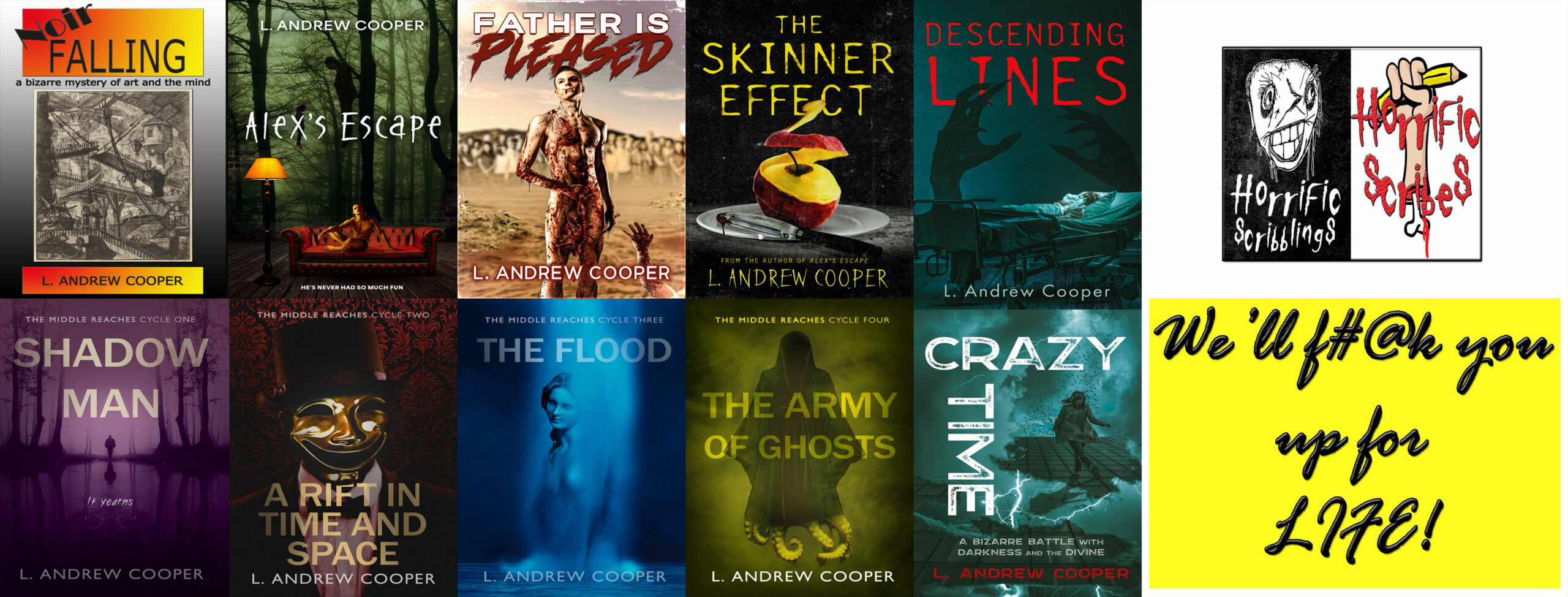Trajan’s Arch, a novel by Michael Williams, is one of those rare contemporary works that deliver a “literary” experience while still offering a large portion of unpretentious fun. It may not be a traditional ghost story, but it is a story of haunting. The central character, Gabriel Rackett, confronts memories of growing up in 1960/70s Louisville, and some of Gabriel’s recollections involve apparitions–heralds of innocence destroyed by maturity, death, or intolerance–that defy rational explanation. For reasons Gabriel never fully understands, his mind returns again and again to Trajan Bell, an unusual man who lived next door. Although I knew I was journeying through a magic-tinted version of the bildungsroman, I honestly didn’t know where Williams was taking me until I got there. At the end, I felt very happy with where I’d arrived.
At one point, Trajan leads young Gabriel into the woods, where they spot a magnificent owl Trajan dubs “queen of the ghosts.” As Gabriel tries to describe her, Trajan stops him: “Not yet, Gabriel. Don’t let her rise into words just yet… Do not even name her parts, or call her what you think she is.” This resistance to words, especially notable because Trajan writes fiction and Gabriel soon will, becomes an important theme, suggesting that language, no matter how powerful, is still inadequate to encompass experience. Faced with such a theme, and feeling in my gut that a writer can approach truth but never really get there, I hesitate to reduce the experience of the novel to words on a page. But like Gabriel, I’m trying.
The novel has a deceptively encyclopedic scope. Since its narrative includes Trajan’s and Gabriel’s fictions, Gabriel’s letters to his ex-wife and son, a psychological case history, and other elements that add formal variety, it is able to reach far beyond a single lifetime. Fans of historical fantasy will find some of Western history’s most fascinating eras: the Elizabethan Age, fin-de-siecle London, the American Civil War, and even shades of the Ancient Rome that provides Trajan and the novel a name. Fantasy enthusiasts might also share Gabriel’s devotion to Tolkein, whose world-building tales have more than a little in common with the more recognizably “real” world that Williams constructs.
In Trajan’s Arch, coming of age depends on a relationship with history and literature, a relationship developed through Gabriel’s interactions with Trajan. Trajan’s Arch, like Trajan himself, is a symbolic gateway into a larger adult world of events and letters, and it figures the mix of opportunity and danger inherent to any mentoring relationship. I call the novel’s scope “deceptively” encyclopedic because for all its reach, it remains very intimate. It’s candid about the emotional and sexual confusion of growing up, and it shows how connections between adults and children can compound as well as alleviate the pressures of forming a personal identity. At times, Trajan stands in for Gabriel’s absent father, and as Gabriel struggles not to be absent from the life of his own son Dominic, the novel conveys difficult insights about fathers, sons, and masculinity.
Trajan, Gabriel, and Dominic are sensitive and vulnerable, and as they involve one another in a shared world of imagination, the results are both damaging and enlightening. They ask many questions and can’t always deal with the few answers they get. Some readers might not be happy with the book’s lack of answers–or the answers’ hesitation to rise into words–but the ambiguities of the characters’ lives and of the novel itself are, for me, Trajan’s Arch‘s most satisfying accomplishment.


Comments are closed.